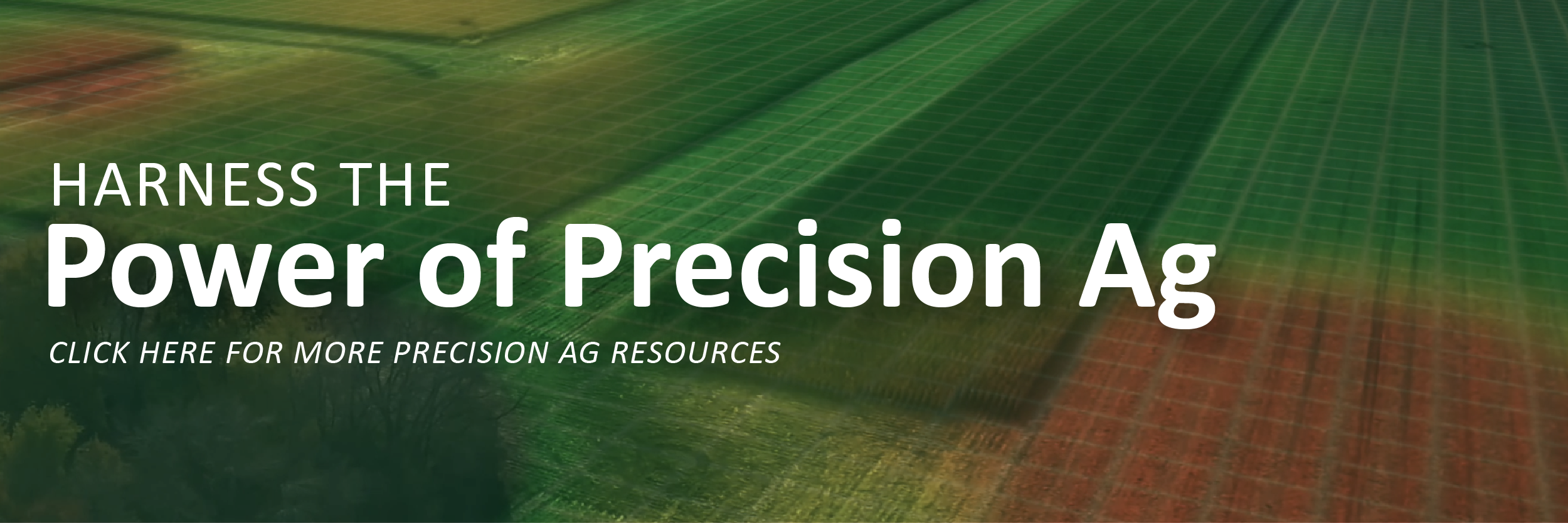Telling your customers they’re under-performing isn’t a great business model. Encouraging them to take part in agronomic benchmarking can sometimes have that same effect. Those at the top might enjoy the satisfaction of knowing they are the stars, but how do you gently push the below average customers to step up their game?
The problem with agronomic benchmarking is that the solutions to reaching better numbers aren’t always obvious.
When seed companies tell you the genetic potential of a bag of seed corn is 500 bushel per acre and it starts going downhill once you open the bag, it’s almost implied that they’ve done their part and you are the one who is failing to perform.
Comparing your yields to those in the counties you farm in might be okay unless you farm the poorest soils in each county. Then, you might resent someone who points out the obvious – that your yields are below the average. Comparing your yields to those of others that farm the same soils in your part of the state is better, but being labeled in the bottom quartile isn’t fair if you didn’t get similar rainfall.
Even if both soils and weather are similar, what about rotations? What about the cost of production? Maybe all those higher yields came at a high production cost?
So what are the keys to meaningful agronomic benchmarking? We’d suggest these as a few of the important keys:
- Realistically quantify the growing environment to get closer to apple to apples comparisons.
- Look longer-term – look for trends over multiple years. Everyone has a great or a bad year once in a while but looking at longer-term trends are more meaningful.
- The more depth of data, the more value in the benchmarking. Depth will provide you with more confidence in the comparison as well as more answers.
The best benchmarking services don’t just tell you where you rank – but they tell you why. What does the data say you need to change to perform better or to keep doing to stay on top?
The key is to never stop digging for the answer to “why?” It is easy in all data analysis to have “apples to oranges” comparisons and take data at surface value, but the key to good analysis is to keep digging deeper to get fair comparisons, thus creating the most educated and profitable agronomic decisions.
Visit our blog at www.premiercrop.com for more precision ag information.

